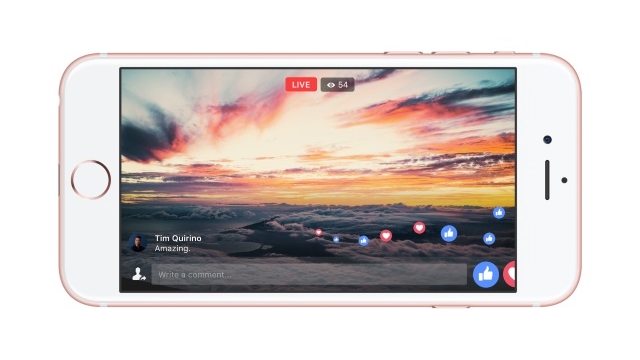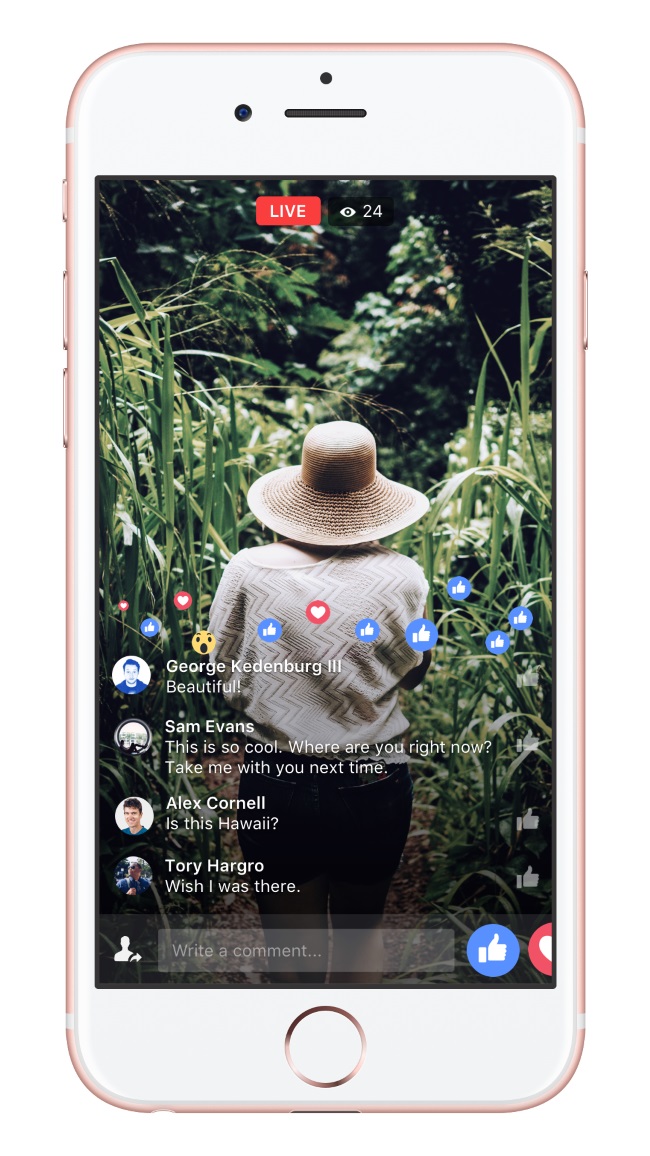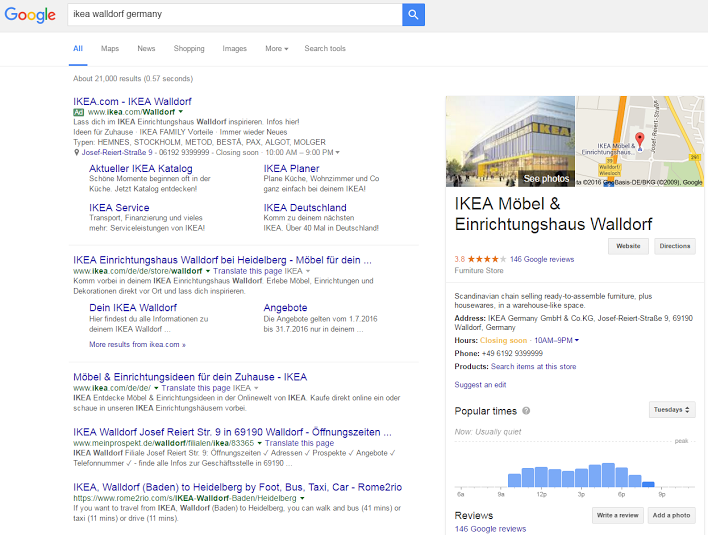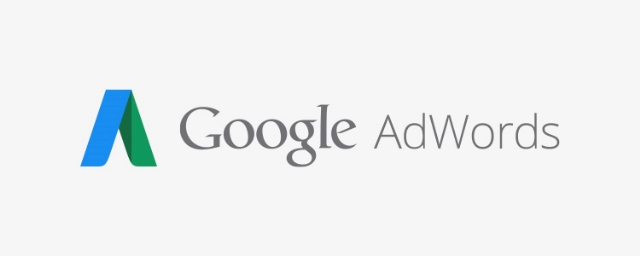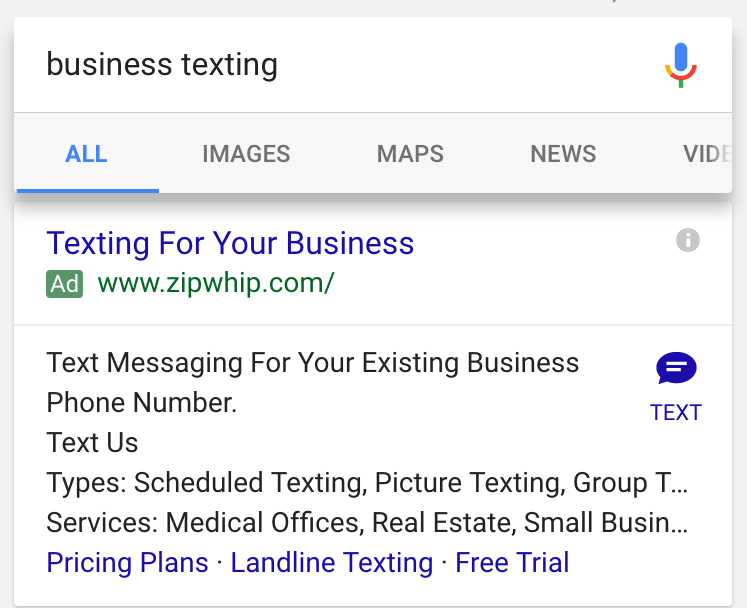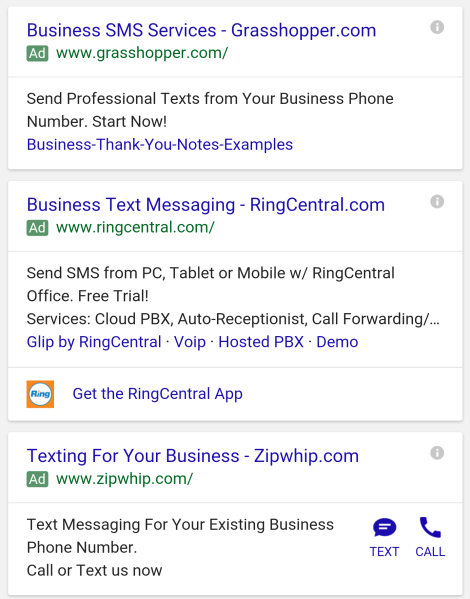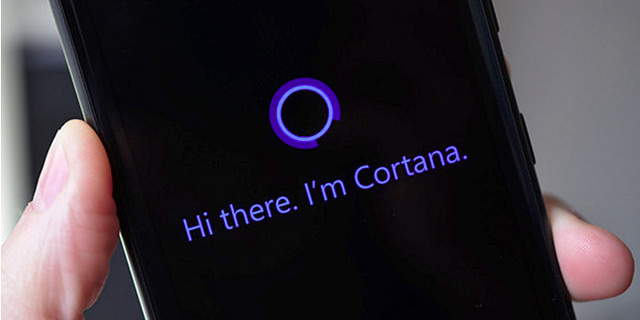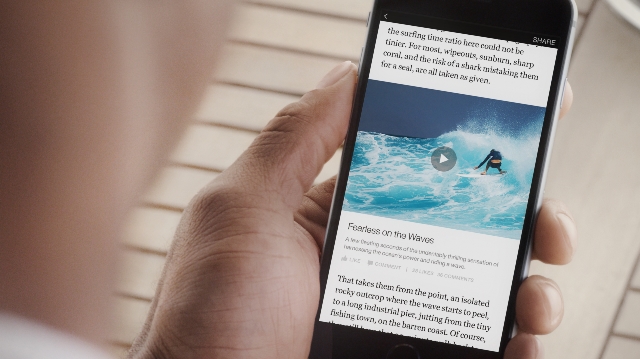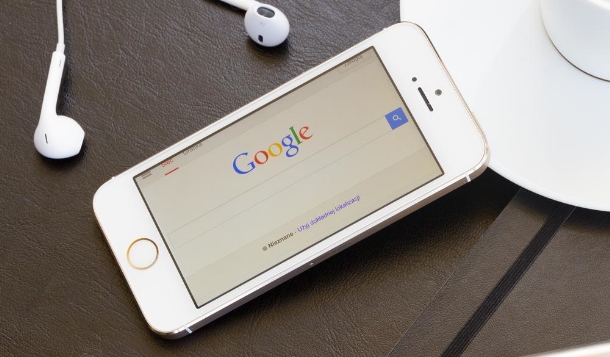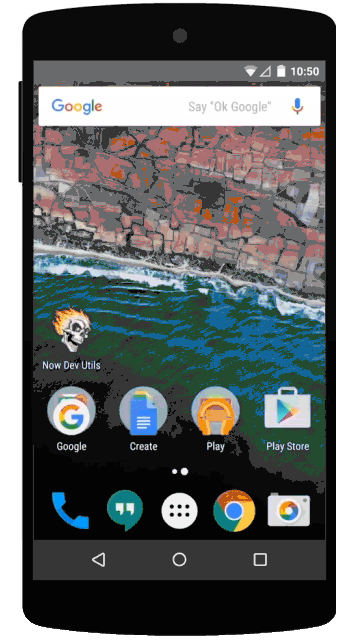Instagram is launching a new feature, but many are saying the new feature seems inspired by another popular social photo app – Snapchat. The new feature called Instagram Stories lets users and brands share a collection of moments that disappear after 24 hours.
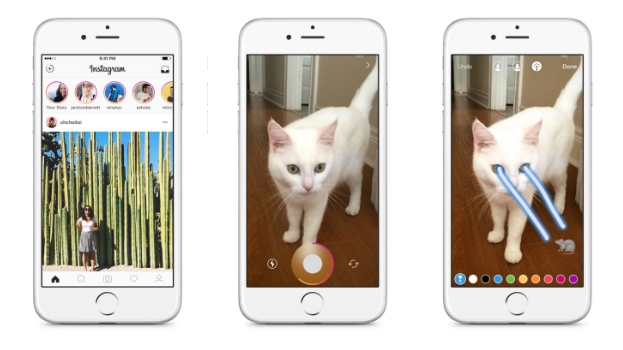
If that sounds familiar, it is because the feature is very similar to Snapchat Stories. Not only does it allow users to easily package their best moments of a day into one easy-to-view collection, but Instagram Stories also includes the ability to draw on photos or videos to make them even more exciting.
“With Instagram Stories, you don’t have to worry about over-posting,” an Instagram rep told AdWeek.
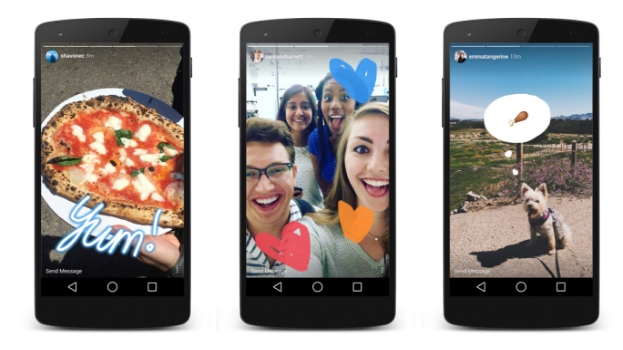
The new feature is already available on iOS and Android mobile operating systems. It can be found at the top of Instagram feeds, where you can either share your own stories or tap icons to look at what others have shared in the past day.
Unlike most Instagram videos, clips included in stories are limited to 10 seconds. There are also no likes or comments on stories.
For now Instagram isn’t saying whether marketers will be able to take advantage of stories by promoting them like normal posts, however, businesses can still use the feature to engage with the community and build recognition for their brand and products.

